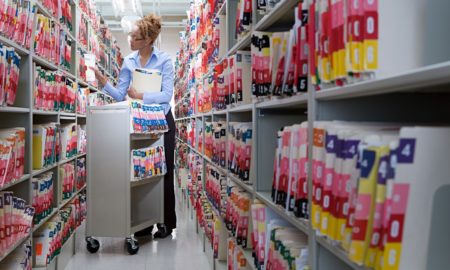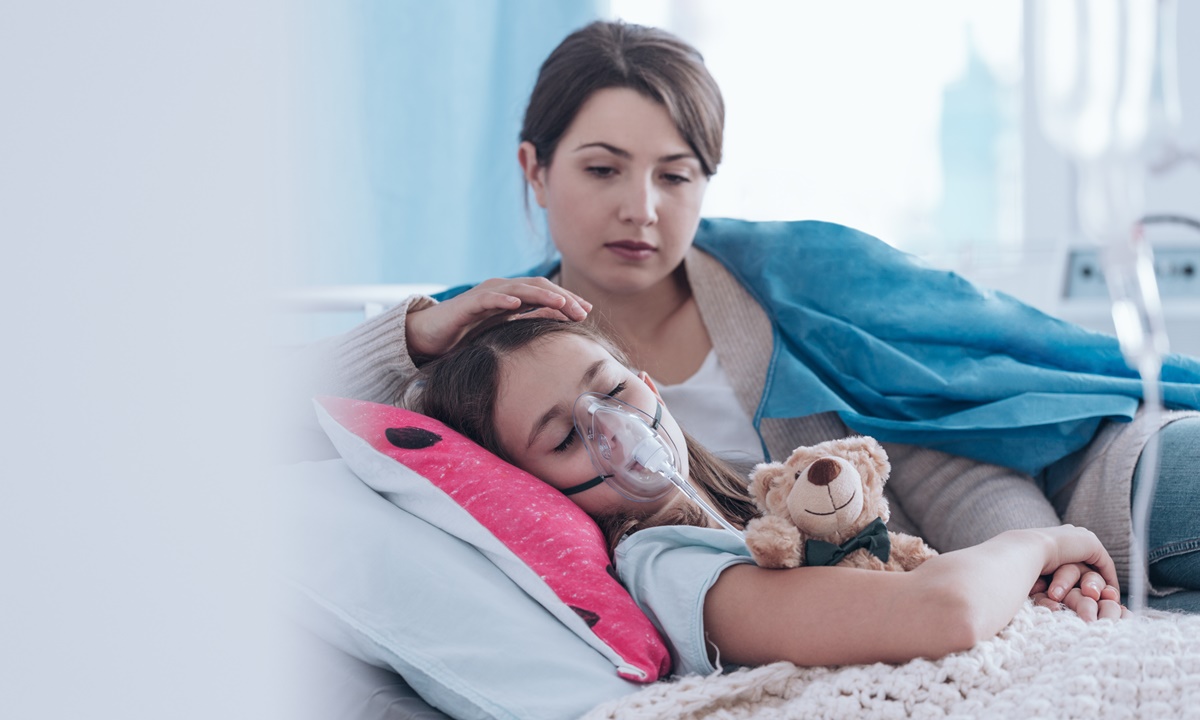As we continue to push for a universal database of information on pediatric cancers and other childhood diseases and disorders, we see tremendous value in this approach for fighting other conditions that strike in childhood, such as autism and attention deficit hyperactivity disorder (ADHD).
Approximately 15,780 children and adolescents are diagnosed with cancer each year in the U.S. – an average of 43 kids a day.
An estimated 1 out of 42 boys and 1 in 189 girls are diagnosed with autism, while an estimated 11 percent of all children ages 4 to 17 have ADHD.
At Bridge To A Cure, we are dedicated to tearing down the five deadly barriers impeding the search for cures, with a focus on childhood cancer. Foremost among these, we advocate for creating robust databases and using artificial intelligence to find solutions.
The fact is, we need to be data smart when it comes to all diseases affecting kids.
Science is finally beginning to move in this direction on biomedical data related to cancer. For instance, St. Jude Children’s Research Hospital just released the most comprehensive analysis yet of the genomic alterations leading to cancer in children. This “pan-cancer analysis” revealed that only 45 percent of the mutated genes driving cancer in children are the same as the genes driving cancer in adults. The research affirms the need for pediatric-specific precision therapies, its authors say.
“The results really bring home the message that pediatric cancer patients are not small adults and their disease should not be treated as if that were the case,” said corresponding author Jinghui Zhang, Ph.D., chair of the St. Jude Department of Computational Biology.
This is a good reason why we need to invest more in fighting pediatric cancer, starting by creating a robust national database.
The Treehouse Childhood Cancer Initiative at UC Santa Cruz is working to see that genomic data on pediatric cancer is shared between institutions. David Haussler, professor and Scientific Director of the UC Santa Cruz Genomics Institute, founded the organization. He is also a principal investigator of the California Kids Cancer Comparison, which collaborates with other researchers and physicians across the US using large-scale bioinformatics to analyze patients’ tumors. Their goal is to “do the most complete analysis” of each child’s tumor genome, and “leave no stone unturned” when it comes to looking for possible drug targets, Haussler says.
Sharing data is a terrific first step. But we also need to collect that data in one place and leverage the analytical capability of artificial intelligence and predictive algorithms to detect and cure cancer.
Dr. Samuel L. Volchenboum, an expert in pediatric cancers and blood disorders and director of the Center for Research Informatics at the University of Chicago, is among those working to compile cancer data.
“Ultimately, the goal is to have data collected all over the world using standardized data dictionaries and then making those data available in a de-identified format to the worldwide research community for study,” he said in an article in TechnologyNetworks.com. “Of course, there are myriad issues with doing this – everything from lack of data standards, to worries about security and privacy, to issues with data embargo and proprietary claims. But these issues are surmountable, and I continue to be highly optimistic about our success.”
According to Volchenboum, we have a long way to go before the data are actually collected in a standardized fashion, and shared.
“Of course, there must be an incentive for a clinician or researcher to share their data,” he said. “There must be the right kind of governance in place to assure data contributors that the data will be kept safe and shared only under appropriate conditions and with the proper attribution. This is one of the most thorny areas and must be addressed through data sharing agreements.”
His comments underscore some of the challenges to establishing a truly universal database to fight childhood cancer.

But, as he notes, these barriers are “surmountable.” So we must overcome them.
Leaders in bioinformatics such as Haussler and Volchenboum see the need to share universal, standardized data in the fight against childhood cancer. This approach is ripe for tackling all diseases that strike in childhood, including asthma, diabetes, cystic fibrosis, and conditions from autism to ADHD.
While we are at it, we could (and should) enlist big data and artificial intelligence to combat problems such as bullying, and help identify children who are at risk of violent behavior so that we can get them help before they cause harm to themselves or others.
Pulling together research, patient information, epidemiology, and hard data on alternative as well as conventional treatments is the key to harnessing the technological power that is now at our fingertips. We need leaders in government and medical science to see the potential we now hold in our hands, and tear down the barriers to life-saving treatments.






